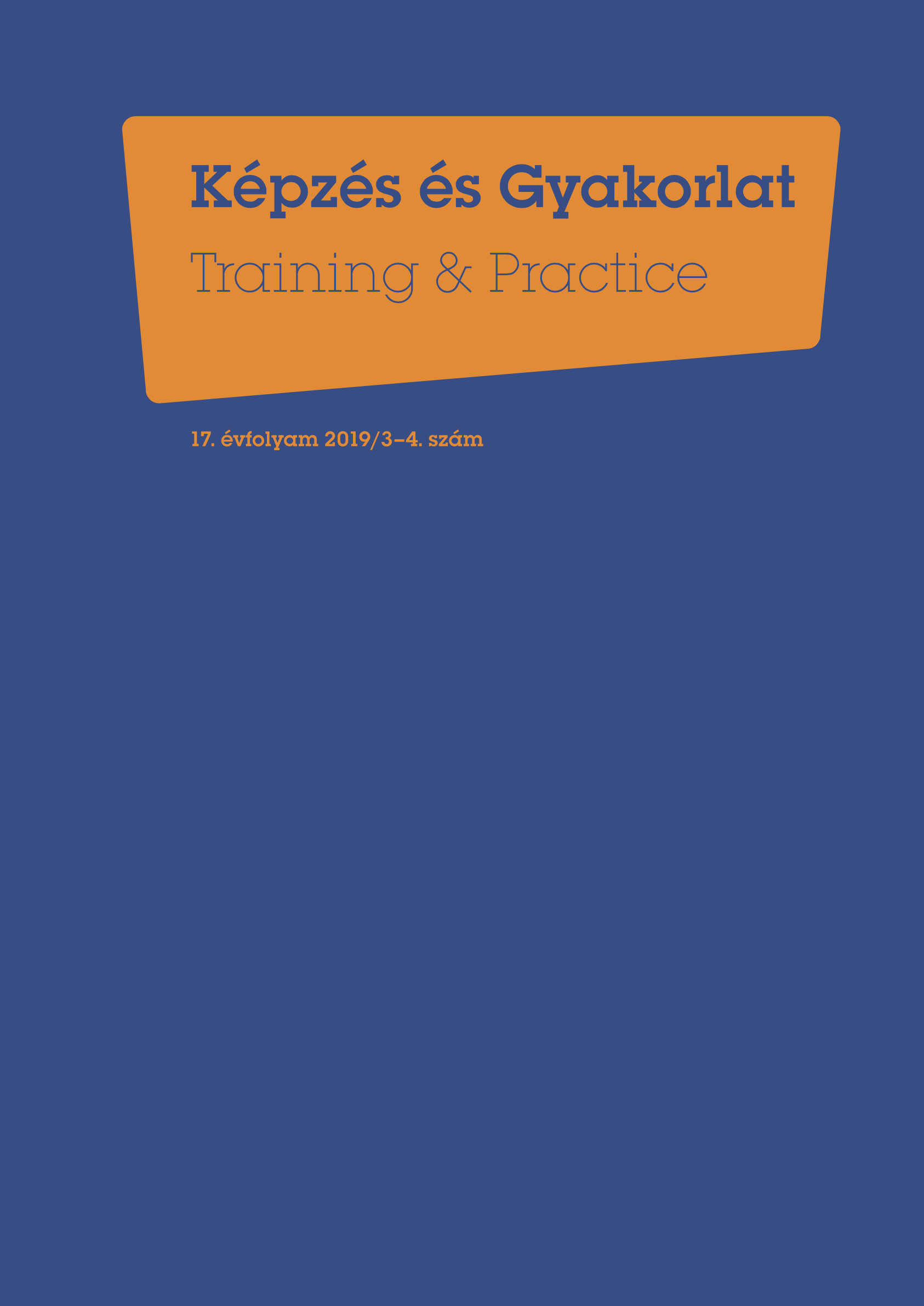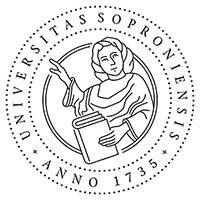The benefits of János arany’s ballads for the teaching of Hungarian language and literature: from reading to teaching linguistic diversity
DOI:
https://doi.org/10.17165/TP.2019.3-4.14Abstract
Although the name of the subject ’Hungarian language and literature’ suggests that the teaching of these two subjects is integrated, the truth is that this rarely happens in everyday practice. This seems odd because all texts carry the potential of teaching linguistic knowledge and principles. The reverse of this statement is also true: Hungarian linguistics is not independent of literature, since the style of texts, the language of literary works and units of meaning are also grammatical/ linguistic categories. Therefore, integrating grammar into literature, or at least avoiding the sharp separation of the two, seems appropriate. Beyond the theoretical aspects I would like to illustrate this in my study through a variety of exercises concerning János Arany's ballads.
References
Bernáth M. (2016). A szövegértés és szövegalkotás fejlesztése az irodalomórákon. [online] http://www.anyanyelv-pedagogia.hu/img/keptar/2016_4/Anyp_IX_2016_4_5.pdf. [2019. április 11.] DOI: https://doi.org/10.21030/anyp.2016.4.5
Domonkosi Á. 2006. Stíluselemzés, trópusok, alakzatok. Eger: Líceum Kiadó.
Hudáky R. (2016). Tanári segédlet Rakovszky Zsuzsa Fortepan című verseskötetéhez. [online] http://www.aegondij.hu/oravazlatok/Rakovszky-Zsuzsa-Fortepan-segedlet.pdf [2019. november 11.]
Jánk I. (2017). Mi az a PISA-sokk, és mi ez a sok felhajtás körülötte? Nyelv és Tudomány [online] https://www.nyest.hu/hirek/mi-az-a-pisa-sokk-es-mi-ez-a-sok-felhajtas-korulotte [2019. november 24.]
Kiss J. (2011). Nyelvromlás? Magyar Nyelv, 107. sz. pp. 9–20.
Lanstyák I. (2015). A standardizálás mint nyelvalakító tevékenység. Fórum Társadalomtudományi Szemle, 17 sz. pp. 27–56.
Molnár C. S. (2014). Szövegértés: érdeklődés hiányában elmaradt. Nyelv és Tudomány [online] https://www.nyest.hu/hirek/szovegertes-erdeklodes-hianyaban-elmaradt [2019. november 11.]
Sándor K. (2014). Határtalan nyelv. Budapest: Szak Kiadó.
Tóth B. (2006). A szövegértés fejlesztésének elmélete és gyakorlata. Magyar Nyelvőr 130. évf. 4. sz. pp. 457–469.
Woolard, K. A. – Schieffelin, B. B. (1994). Language Ideology. Annual Review of Anthropology, 23. sz. pp. 55–82. DOI: https://doi.org/10.1146/annurev.an.23.100194.000415
A szövegben felhasznált, idézett balladák
Arany János: A walesi bárdok
Arany János: Ágnes asszony
Arany János: Vörös Rébék
Downloads
Published
Issue
Section
License
Copyright (c) 2019 Jánk István

This work is licensed under a Creative Commons Attribution-NonCommercial-NoDerivatives 4.0 International License.












